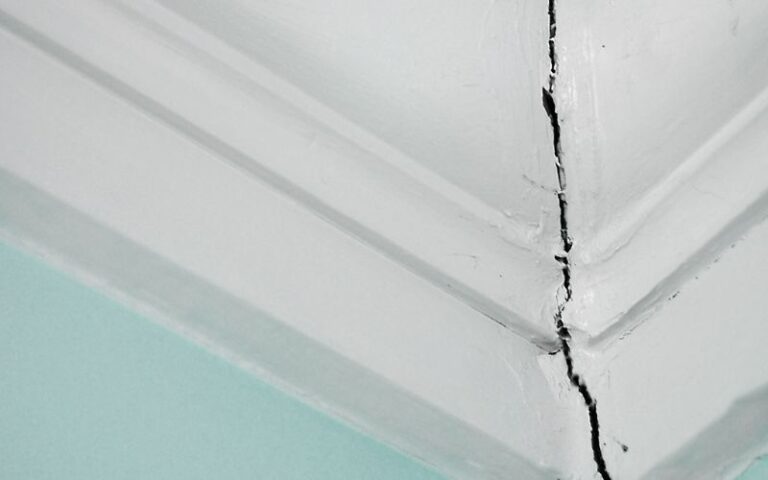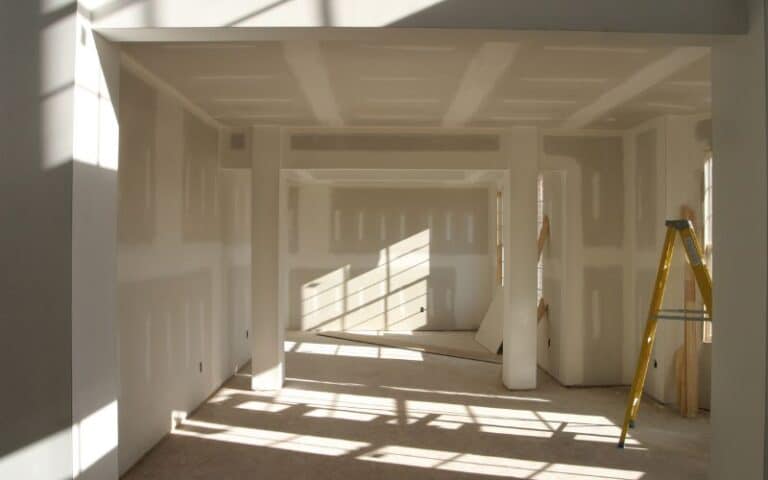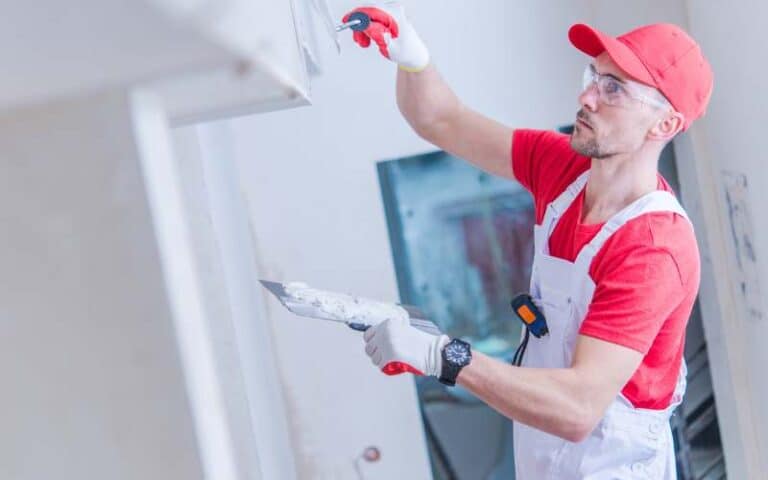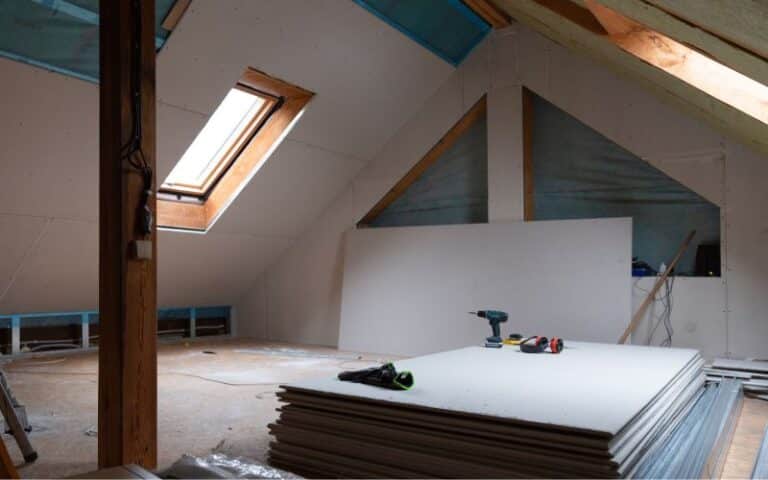Before applying drywall on surfaces; you must get materials and tools to carry out the process effectively. One of the important materials is drywall mud.
It would be best if you had drywall mud to prefill drywall joints before you tape it to prevent the formation of cracks.
That said, sometimes you’ll find your situation whereby your drywall mud could be in better shape. For example, let’s say you notice mold in your drywall mud. Can you still make use of it?
No, you cannot use drywall mud that contains mold in it. Using the mud will create problems for you. The mold can spread to the air and put you at a potential risk of respiratory problems, and it can also cause your drywall and other furniture to rot and get damaged.
In this article, I’ll give details on why drywall mold is dangerous and the steps to remove mold from drywall.
You’ll also get to know how to identify drywall compounds that have gone bad and factors that can cause your drywall compound to degrade faster.
Ready for a Drywall Quiz?
Can You Use Drywall Mud With Mold?
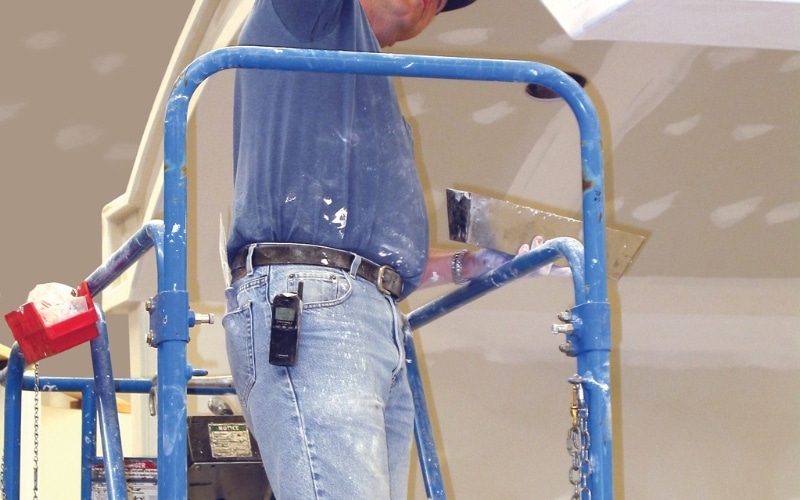
No, you cannot use drywall mud with mold. Using drywall is dangerous because it can cause damage and create many health hazards for you and the people you live with.
Here are some types of drywall molds:
- Black mold
- White Mold
- Blue Mold
- Green mold
How to Remove Molds from Drywall?
Here is a table showing the materials you’ll need to remove molds from your drywall and their functions.
| Materials | Functions |
|---|---|
| Heavy duty sponge | To scrub the wall and remove the molds. |
| Bleach | To help get rid of the mold. |
| Bucket | To hold the chemical solution containing bleach and water. |
| Rubber gloves | To protect your hand when scrubbing the wall. |
| Dust masks | To protect you from airborne molds. |
| Towels | To clean up any spills. |
| Painter’s tape | To secure the plastic drop cloths to the floor. |
| Plastic drop cloths | To protect the floor from chemical spills. |
| Safety goggles | To protect your eyes. |
| Primer and paint | To cover up the stains made by the molds. |
If you notice mold on your drywalls, here’s how to remove them:
Step One
The first step is to assess the damage the mold has caused to your wall. If you notice that your drywall is bowing out or falling apart, the best thing to do is to replace the drywall.
If your drywall seems intact, you can attempt to remove the molds.
Step Two
The next step is to prepare the area around the drywall. You will be using bleach and some other chemicals to get rid of the mold, which can cause damage to bare surfaces.
Use plastic drop clothes to cover your floors and tape the clothes with painter’s tape to keep them secured. Protecting the floor will help to prevent damage if the chemical spill.
Step Three
Mix water and bleach in a bucket to prepare it for removing the molds from your walls. Put on your safety goggles and your waterproof gloves.
It would be best if you also had a dust mask because the mold spreads through the air. Then, use a sponge to scrub the molds off.
Have a handy towel beside you in case of the solution spills onto the floor
Step Four
Finish off the job by removing stains created by the molds. Next, apply a coat of primer over the drywall and paint it to match the surrounding walls.
What Happens When You Use Moldy Drywall Mud?
When you use mud that contains mud on your drywall, you’re setting yourself up for potential danger.
Here is a list of reasons drywall mold is dangerous.
#1. Drywall Molds Can Cause Allergic Reaction
Many drywall molds are airborne and spread through the air. The mold spores into your body and tries to alter the way your body system functions.
The best way for your body to fight against mold spores is to produce antibodies. Then, your body gets rid of these mold spores by sneezing, coughing, having a runny nose, etc.
#2. Drywall Molds Can Cause Damage to Your Property
Although mold is neither toxic or corrosive, it causes rots and stains on your property. Since mold spores are airborne, they can spread from your drywall to your furniture.
Therefore, if you use mud with mold on your drywall, you’ll eventually need to change the drywall and some other furniture in your house.
#3. Drywall Molds Can Create Health Hazards
Molds usually cause respiratory and lung-related problems. In addition, molds can cause hypersensitivity and pneumonitis, and they can also trigger asthma attacks.
Mold spores can spread through the air to the air vents and cause problems for people prone to respiratory attacks.
Here are ways to prevent mold from forming on your joint compound:
- It would help if you stored water-based drywalls in temperatures of about 55 and 95 degrees.
- Do not store your premixed drywall in low temperatures or freezing temperatures.
- Avoid putting your drywall compound in humid environments.
- Always store your drywall compound airtight container.
Will Moldy Drywall Mud Seal Gaps Properly?
No, moldy drywall mud does not seal gaps properly. It is best to use drywall mud only if you find mold. The mud will not get the job done, and it will cause problems for you.
The mold spores will spread from the drywall mud through the air to other porous furniture and damage them. Molds can also create health hazards for you.
Does Drywall Mud Go Bad?
Yes, drywall mud goes bad. Usually, joint compounds go bad after their expiration date, but some factors can increase the degradation of the mud’s quality.
Here is a list of factors that can cause drywall mud to go bad:
#1. Exposure to Air
Air is a factor that contributes to the degradation of a drywall mud’s quality.
Drywall mud usually lasts longer when you do not expose them to air, so you must store your drywall mud in an airtight container.
#2. Mold
The mold growth on your joint compound is a sign that it has gone bad. The mol growth may be due to microorganisms getting into the substance when you do not store it properly.
It would help if you stored your drywall mud at the appropriate temperature to prevent infiltration by microorganisms and mold formation.
#3. Water
Drywall compounds could do better on exposure to moisture and water. Moisture damage is one of the reasons why you need to keep your drywall mud sealed properly.
Here is a list of different drywall muds and their shelf life:
Hot Mud (Quick Setting Mud): The shelf life is about a year. After a year, the mud starts to go bad
Topping Compound: The shelf life for the topping compound is between nine to twelve months. Therefore, the topping compound will risk worsening after nine months of storage.
Observing its physical texture allows you to tell if a joint compound has gone bad.
Here is a list of things you notice about your joint compound to determine if it has gone bad:
- The drywall compound will be dry or slimy.
- You might notice a change in the color of the drywall compound.
- The drywall compound will start to get moldy and strong and produce a repulsive smell.
- You can check the expiry date on the drywall compound’s pack to see if it has exceeded the expiration time.
If you notice that your drywall compound has gone bad, you should dispose of it immediately.

